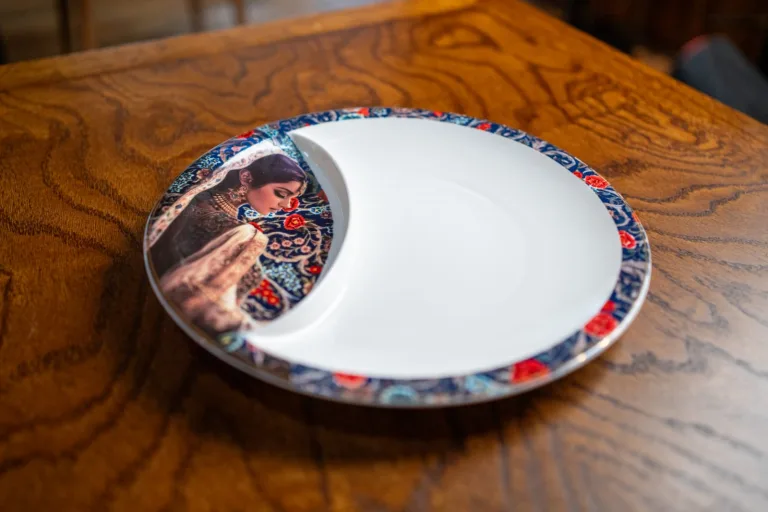How Long Do DIY Permanent Christmas Lights Last?
Here’s the question every homeowner asks before making the switch: “How many years will permanent lights really last?” It’s a fair concern when you’re investing in a system that’ll hang on your roofline year-round.
The answer isn’t as straightforward as you’d hope. Lifespan depends on several moving parts (literally and figuratively). This story is about the quality of materials, where you live, how you install them, and what maintenance you do.
Shawtech Lighting specializes in permanent outdoor lighting solutions that homeowners can install themselves. This guide breaks down component lifespans, environmental effects, and maintenance strategies—so you’ll know exactly what to expect over time.
Key Components and Their Rated Lifespans
Different pieces of a permanent lighting system age at different rates. Here’s what you need to know:
- LED modules and diodes: Rated between 35,000 and 50,000 hours (roughly 17 years at 8 hours per night under ideal conditions)
- Channels and mounting hardware: Aluminum extrusions with UV-resistant coatings can last 15-20+ years when properly installed.
- Wiring, connectors, and controllers: Sealed, waterproof connectors last 10+ years; controllers typically run 7-10 years.
- Power supplies and drivers: Usually 5-7 years, with surge protection extending their lifespan
Environmental and Stress Factors That Shorten Life
The world outside isn’t a controlled laboratory. Several factors reduce those theoretical lifespans:
- UV exposure and heat: Constant sunlight degrades plastics, fades colors, and weakens connections through expansion and contraction.
- Moisture and freeze/thaw cycles: Rain, snow, humidity, and temperature swings can seep into poorly sealed connections.
- Salt and pollutants: Coastal areas and nearby roads accelerate corrosion on unprotected metal components.
- Mechanical stress: Wind vibration, storm debris, and improper installation cause faster wear.
- Cheap materials: Thin aluminum channels and low-grade plastics show their age within a couple of years.
Real-World Expectations: What to Expect Over Time
Let’s get practical. What does the aging process actually look like for permanent lights installed on your home?
Years 1-2: Everything’s firing on all cylinders. Full brightness, no visible wear, and the system performs exactly as advertised. This is the honeymoon phase.
Years 3-5: You might notice slight brightness reduction—nothing dramatic, but the lights aren’t quite as vivid as day one. An occasional dead diode isn’t uncommon, especially if you’ve had some rough weather. The channels might show some weathering, but nothing that affects function. Most homeowners won’t need to do anything beyond basic cleaning during this period.
Years 5-10+: Here’s where things get interesting. Brightness fade becomes more noticeable. You’ll probably have more dead segments or sections that need attention. The components are clearly aging, though a well-maintained system can still look great. Replacement of failed diodes or segments becomes part of the routine, but you’re not ripping out the whole system.
One homeowner in Colorado told me his DIY permanent lighting kit from Shawtech hit the seven-year mark with minimal issues—he’d replaced maybe three segments and cleaned the channels twice. His take? “Way better than dragging out string lights every November.”
Maintenance Strategies to Extend Lifespan
Want your lights to hit the upper end of that lifespan range? Maintenance isn’t complicated:
- Regular cleaning: Spray with a hose and soft brush twice yearly to remove dirt, pollen, and grime that blocks light and traps heat.
- Check seals and connectors: Inspect annually before peak seasons; apply dielectric grease to prevent corrosion.
- Replace failed segments: Swap out bad sections immediately—modular systems like Shawtech’s 12mm RGB kit make this easy.
- Monitor power supplies: Ensure adequate ventilation and add surge protection if needed.
- Seasonal inspections: Spend 30 minutes checking everything before the holidays to catch problems early.
When and What to Replace
Signs that indicate replacement time:
- Persistent flickering that doesn’t resolve with cleaning
- Noticeable color shift (whites looking yellow, reds looking pink)
- Multiple dead segments appearing rapidly
- Physical damage compromising weatherproofing
Replace LED modules first—they’re the most common failure point and usually the easiest fix. If problems persist, then look at controllers or wiring. The 30mm RGBW system from Shawtech is designed for incremental replacement, so you’re not locked into an all-or-nothing scenario.
Warranty considerations matter. A 3-year warranty means manufacturers expect at least that long of trouble-free operation. Longer warranties often indicate better quality components.
Comparison: Permanent vs. Seasonal Lights in Longevity
Traditional seasonal string lights aren’t built to last. Incandescent bulbs burn out after 1,000 to 2,000 hours—barely one holiday season. Even LED string lights suffer from wiring fatigue, connector failure, and storage damage. You’re lucky to get 3 to 5 seasons before half the strand goes dark.
Permanent kits designed for year-round outdoor use are built differently. They use thicker wiring, sealed connectors, weatherproof enclosures, and higher-grade LEDs that handle temperature swings, moisture, and UV exposure.
When you factor in the longevity difference, permanent systems often prove more economical over time—plus they eliminate installation labor, storage hassle, and ladder risks while looking better year after year.
Conclusion
DIY permanent lights often last 5 to 10 years or more with proper installation and care. The key word there is “proper.” Quality materials, correct installation, and basic maintenance dramatically extend lifespan.
Replacement is incremental, not all-or-nothing. You’ll swap out a segment here, a controller there, but you’re not tearing the whole system down and starting from scratch.
If you’re serious about longevity, look at systems designed for replaceable parts and backed by solid warranties. Shawtech’s permanent lighting kits offer exactly that—modular designs, quality components, and 3-year warranties that give you confidence in your investment.
The reality is this: your lights won’t last forever, but they’ll last long enough to make you wonder why you ever bothered with seasonal strings in the first place.





